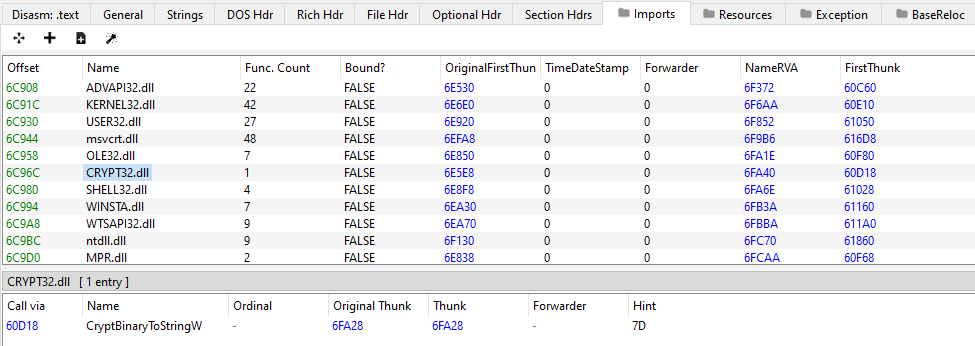Eclipse: Hijacking Activation Context for Arbitrary DLL Injection
Eclipse
Eclipse is a PoC that performs Activation Context hijack to load and run an arbitrary DLL in any desired process. Initially, this technique was created as a more flexible alternative to DLL Sideloading + DLL proxying that can be leveraged to inject arbitrary code in a trusted process, altought it has proven to have other applications.

Hijacking the AC of a new process
How it works
By definition, Activation Contexts are “data structures in memory containing information that the system can use to redirect an application to load a particular DLL version” and also can be used to determine the path from where a specific DLL has to be loaded. An Activation Context is created by parsing the contents of a manifest file. When a process is created, the OS parses the binary’s manifest (which can be embbeded in the binary itself or as a independent file in the same directory) and it maps in the memory of the newly spawned process what I call the main Activation Context. This main AC will be used to find the right file each time a DLL has to be loaded (regardless of whether this loading is due to dependencies in the IAT of a module or as a call to Loadlibray).
Additionally, a thread can create and activate a custom AC at runtime. In that particular scenario, if that specific thread tries to load a DLL the thread’s custom AC will be used first and, just in case that AC doesn’t contain information regarding the DLL to be loaded, then the main AC of the process will be consulted.
The memory address of the main AC of a process is obtained from the PEB, while custom AC activated by a thread are obtained from an AC stack located in the TEB. This means one thread can create and activate multiple custom AC which will be pushed on this AC stack, and only the last activated AC (the one on top of the stack) will be used to determine the path of a DLL to be loaded.
With this information in mind, Eclipse offers two modes of use:
- You can spawn a new process to run your DLL in it. In this case, the process will be spawned in suspended mode and the main AC referenced by the PEB will be hijacked, allowing to set a custom AC (which I will refer to in this README as the “malicious” AC) as the main AC of the process. This will redirect the application to load your DLL instead of the legitimate DLL that would be loaded normally when the process execution is resumed.
- You can try to hijack the active AC of a running process. In case the main thread of that particular process has a custom AC activated, Eclipse will hijack the AC stack located in the TEB. Otherwise, the main AC referenced in the PEB will be hijacked again. The result in both cases is the same: in case the main thread of the process tries to load a DLL referenced by the malicious AC created by Eclipse, your DLL will be loaded instead.





